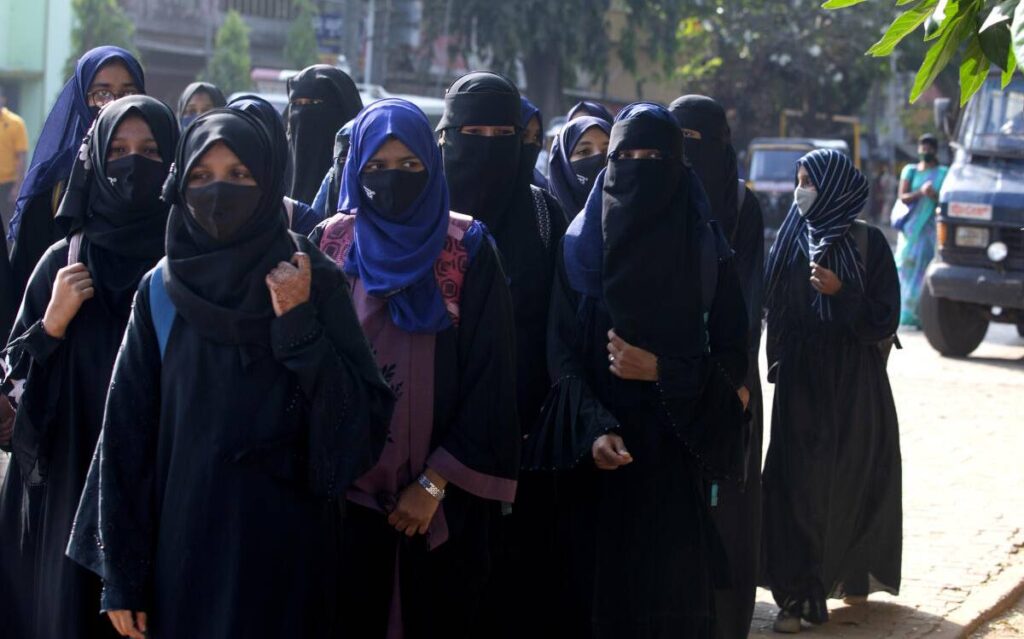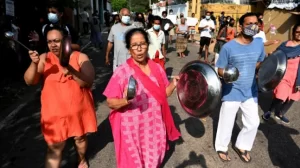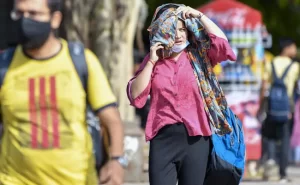Amid Karnataka hijab row, focus is on 1986 Supreme Court verdict

Amid Karnataka hijab row, focus is on 1986 Supreme Court verdict
The question on the hijab line of Karnataka is whether the decision of the student wearing the dress to college comes from “real religious faith and conscience”.
The 36-year Supreme Court assessment can illuminate this issue. In 1986, the Supreme Court discussed how the right to freedom of religion (Article 25) protects actions or negligence by children in educational institutions based on their “trust and honest beliefs”.
The APEX court in the 1986 landmark assessment in Bijoe Emmanuel and others versus the State of Kerala dealing with the expulsion of three children included in the Christian sect, called Jehovah’s Witnesses, by the principal of them because they did not sing the national anthem of the agency.
Verdict favours children
The Supreme Court decided to support children, holding that their expulsion to refuse to sing nationality “because of their religious beliefs carefully” is a violation of their rights for religious freedom and conscience.
The court, in Bijoe Emmanuel, also set tests every time a complaint was carried out that there had been a violation of fundamental rights to the freedom of conscience and to confess, practicing religion.
Karnataka order
Adding fuel to the hijab controversy was the order of February 5 of the Karnataka Ministry of Education which had directed educational institutions in the state to follow the dress code that was decided by the college development board or, if there was no dress code like that, “students can wear a dress. will not affect equality, integrity and law and order “.
The question is whether the country can interfere if a student wore a headscarf to college without causing damage to others, and under the trust of the company that it is part of his obedience and religious practices. The state must also consider whether the dignity of women and the right to access education must suffer because the clothing code cannot be accommodated by the authorities of the educational institution.
‘Hallmark of pluralism’
In the 1994 decision in the case of S.R Bommai in 1994, the Supreme Court observed that “religious freedom is a characteristic of pluralism and inclusivity. This is intended to advance harmony and social diversity”.
In the assembly debate of constituent, Prime Minister Jawaharlal Nehru stated that “the ideal secularity to be achieved and that the formation of secular countries is the act of faith, the actions of faith above all for the majority community because they must show it they can behave with others with generous, fair and only “.








